The Moon Is Shrinking! Astronauts Face Lunarquake Crisis
For centuries, the Moon has been a constant in our night sky, its cratered face watching over Earth with silent permanence. But new research reveals our celestial neighbor is undergoing dramatic changes—it’s shrinking, and this contraction is triggering dangerous moonquakes that could threaten future lunar missions.
Scientists analyzing data from NASA’s Lunar Reconnaissance Orbiter (LRO) have discovered thrust faults across the Moon’s surface, evidence that its interior is cooling and causing the crust to buckle. "The Moon isn’t dead geologically—it’s still evolving," says Dr. Thomas Watters, a planetary scientist at the Smithsonian Institution. "As it cools, the Moon shrinks like a raisin, wrinkling its surface and generating seismic activity."
The Shrinking Process
The Moon’s contraction stems from its molten core gradually losing heat, a process ongoing since its formation 4.5 billion years ago. Unlike Earth, which has tectonic plates that absorb crustal stresses, the Moon’s brittle crust fractures under pressure, creating thrust faults where one section of crust is pushed over another. These faults can extend for miles and rise dozens of feet, forming jagged cliffs visible in high-resolution images.
While the Moon’s diameter has decreased by about 150 feet over the last few hundred million years—a negligible amount astronomically—the resulting moonquakes pose real risks. Some quakes register up to 5.0 on the Richter scale, strong enough to damage structures or destabilize slopes. "A major moonquake near a lunar base could be catastrophic," warns Dr. Renee Weber, a NASA seismologist. "The Moon’s lack of erosion means fault lines remain sharp and unstable for eons."
Apollo’s Forgotten Data Resurfaces
Evidence of this seismic activity isn’t new. Between 1969 and 1977, Apollo astronauts placed seismometers on the Moon that detected thousands of quakes. But it wasn’t until recent reanalysis of this data, combined with LRO imagery, that researchers linked the quakes to thrust faults. "We’ve matched epicenters from Apollo-era quakes to fault scarps," explains Dr. Nathan Williams of NASA’s Jet Propulsion Laboratory. "Some faults are still active today."
One particularly alarming finding is that the Moon’s south pole—a prime target for NASA’s Artemis missions due to its ice deposits—lies near a network of faults. In 1975, a cluster of shallow quakes shook this region for hours. "If similar quakes occur during crewed missions, landslides or habitat breaches are possible," Williams adds.
Engineering Challenges for Lunar Settlements
This revelation forces a rethink of lunar architecture. Traditional designs for habitats—inflatable modules or rigid structures—may not withstand repeated quakes. "We need earthquake-resistant engineering adapted to the Moon’s unique stresses," proposes Dr. Zoe Townsend, a space architect. "Flexible joints, shock-absorbing foundations, and avoiding fault zones will be critical."
Another concern is dust. Moonquakes could kick up abrasive lunar regolith, clogging equipment or damaging solar panels. The 1972 Apollo 17 mission recorded a moonquake that sent surface dust floating for minutes—a phenomenon impossible in Earth’s atmosphere. "Dust mitigation just became a bigger priority," Townsend notes.
Global Race Adjusts to Lunar Reality
NASA isn’t alone in confronting this challenge. China’s Chang’e program, which aims to build a lunar research station, has begun mapping fault lines near potential landing sites. Private companies like SpaceX and Blue Origin are also studying how Starship and Blue Moon landers might endure seismic activity.
Meanwhile, scientists advocate for new seismic networks. "Apollo’s four seismometers gave us a glimpse," says Weber. "A global array could forecast quakes and pinpoint safe zones." NASA’s upcoming Farside Seismic Suite aims to deploy advanced seismometers by 2026.
A Wake-Up Call from Earth’s Companion
The shrinking Moon serves as a reminder that even seemingly static celestial bodies are dynamic. For astronaut Jessica Watkins, slated for future Artemis missions, this doesn’t dampen enthusiasm but adds urgency: "Understanding lunar geology isn’t just science—it’s crew safety. Every quake we study prepares us for longer stays."
As humanity stands on the cusp of returning to the Moon, this discovery underscores a humbling truth: space exploration remains fraught with unknowns. The silent, shrinking Moon still has lessons to teach—and warnings to give—before we settle its ancient surface.
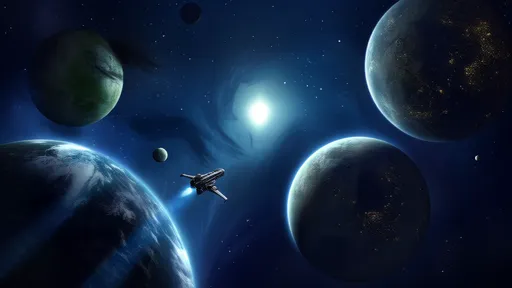
By /Jun 7, 2025
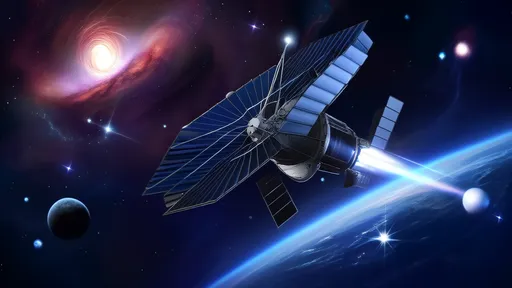
By /Jun 7, 2025

By /Jun 7, 2025
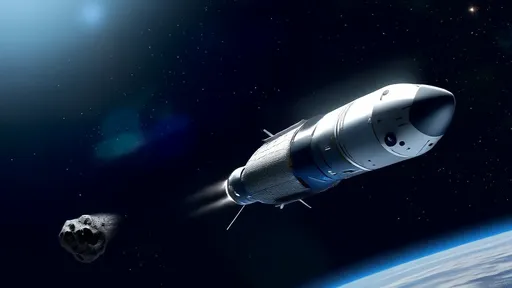
By /Jun 7, 2025
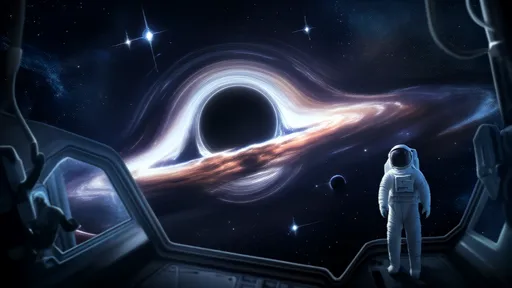
By /Jun 7, 2025
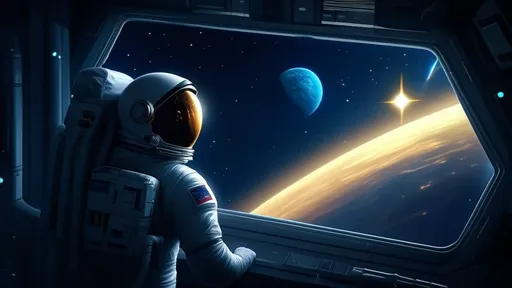
By /Jun 7, 2025
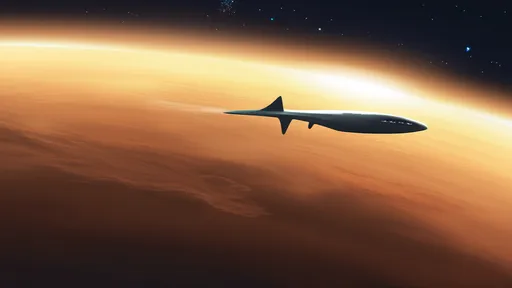
By /Jun 7, 2025
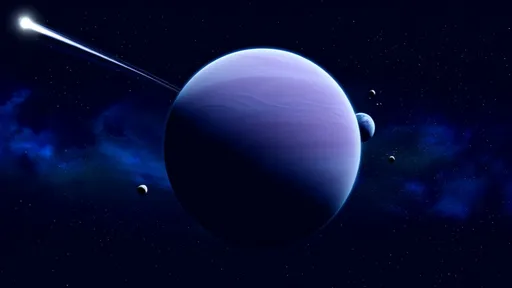
By /Jun 7, 2025
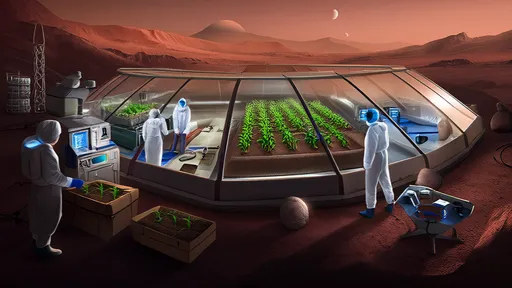
By /Jun 7, 2025
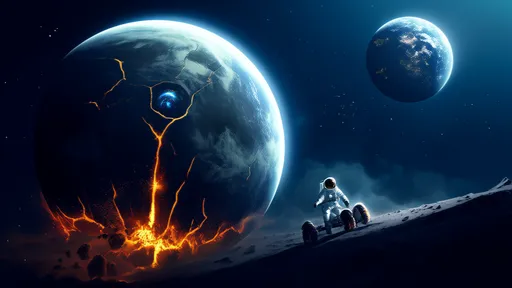
By /Jun 7, 2025

By /Jun 7, 2025

By /Jun 7, 2025

By /Jun 7, 2025

By /Jun 7, 2025

By /Jun 7, 2025

By /Jun 7, 2025

By /Jun 7, 2025
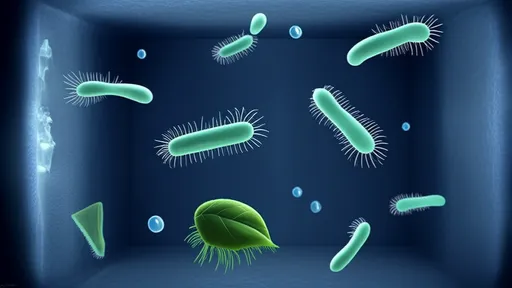
By /Jun 7, 2025

By /Jun 7, 2025

By /Jun 7, 2025